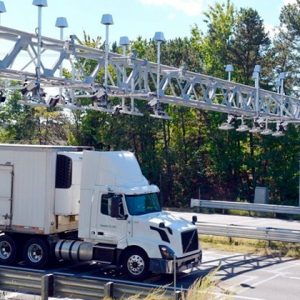Document shows deep toll discounts for in-state drivers
From CT Post. Even beyond the discounts shown in the worksheet, Connecticut could offer yet another form of toll reimbursement to residents, Democratic leaders said: credits against the state income tax for tolls paid in the state. With all those benefits combined, the share of the tax — and yes, tolls are a user tax…

From CT Post.
Even beyond the discounts shown in the worksheet, Connecticut could offer yet another form of toll reimbursement to residents, Democratic leaders said: credits against the state income tax for tolls paid in the state.
With all those benefits combined, the share of the tax — and yes, tolls are a user tax — paid by state residents could fall below 50 percent. Even before any discounts, the share of tolls paid by out-of-state residents and interstate truckers is expected to be more than 40 percent, said Tony Guerrera, D-Rocky Hill, co-chairman of the Transportation Committee and the leading backer of tolls.
Whatever the share Connecticut residents might end up paying — it would depend on many factors such as truck rates and punitive rates for people who don’t have any payment device — what we’re talking about is very, very low-cost money. It’s basically like the federal match for Medicaid, except out-of-state motorists would pay the match rather than federal taxpayers.
That’s only fair, since Connecticut is the last state on the East Coast without tolls (although Georgia has only one low-cost highway charge). As important, we’re beaten up over high taxes, while high-toll states get a free ride when groups such as CNBC and the Tax Foundation look at which states have higher costs.
Virginia, for example, has at least four highways with rates of more than 20 cents a mile, according to a 2014 survey by the New Jersey Turnpike Authority. That would be $9.60 or more for the Greenwich-to-New Haven run.
And Virginia famously has variable congestion rates on the road to Dulles Airport that can skyrocket wildly — hitting $36 for a 12-mile stretch on Wednesday, according to a release from Joe Sculley, president of the Motor Transport Association of Connecticut.
Sculley’s point: Charging more money to combat congestion is dangerous. And yet, he notes correctly, under Federal Highway Administration rules Connecticut would be required to use congestion pricing everywhere we added tolls.
View the full story online.
